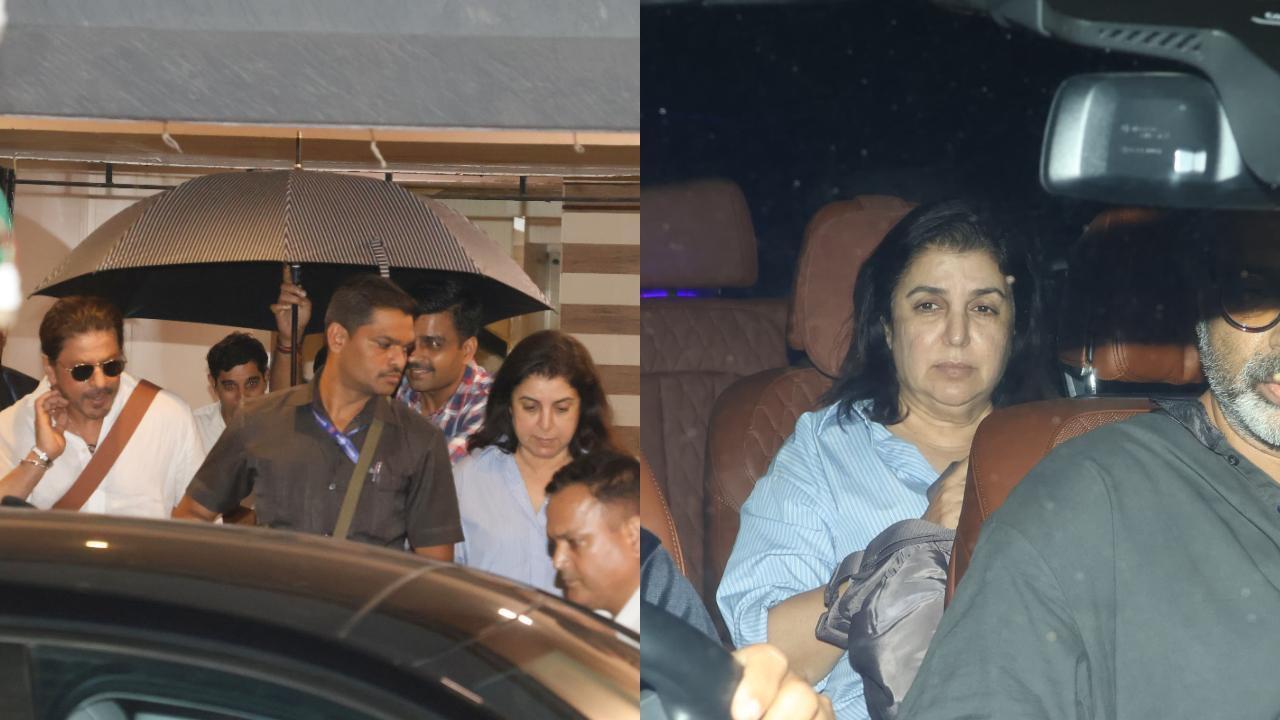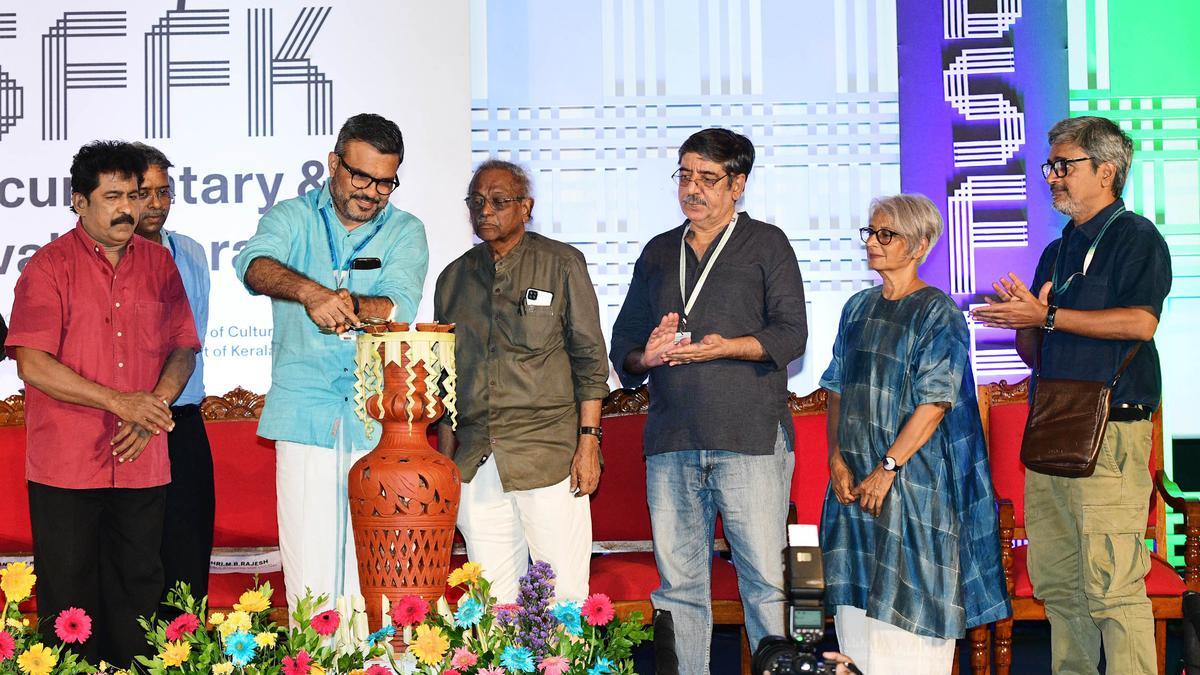![]()
A golden jubilee celebration marked a bittersweet turning point for Bengaluru’s beloved Cauvery Theatre, which has drawn the curtain on its operation a little over three weeks later. For those in Bengaluru who have spent much of their lives in the warm embrace of its cavernous interior, the theatre has become a note in history, an artifact of collective nostalgia.
Occupying a prominent place on Sankey Road, Palace Guttahalli, Cauvery Theatre has been a cherished institution since its inauguration on January 11, 1974, commencing its journey with the Dr. Rajkumar starrer “Bangarada Panjara.” Welcoming throngs of enthusiastic moviegoers for decades, this entertainment landmark bid adieu on April 20, 2023, with screenings of “Bade Miyan Chote Miyan” and “Maidaan” as its swan-song features. With its closure, the plans to transform the site into a commercial complex have swiftly progressed.
The sense of loss is palpable among the theatre’s loyal patrons and in the words of its owner, Prakash Narasimhaiah, who inherited the responsibility from his father, the theatre’s founder, Narasimhaiah. “I feel sad to close it down but the collections have come down drastically in the last five years,” Prakash lamented, attributing the decline to the rise of digital streaming services and shifting viewer preferences exacerbated by the pandemic.
Cauvery Theatre boasted a sizable 1.5-acre footprint, known for its ample parking and unique architecture, which included a mini balcony, a feature it shared only with two other theatres, Abhinay and Tribhuvan — the latter having ceased operations in 2016. “Cauvery had the biggest screen in Karnataka. We opened with 1,384 seats in 1974, almost close to the seating capacity of Kapali, which was one of Asia’s biggest single screens,” reflected Prakash. A 1995 renovation reduced seating to 1,110 but even with this reduction, it remained a bastion for film aficionados.
Even as the era of multiplexes dawned, Cauvery Theatre persisted, prized for its upgraded facilities and pocket-friendly ticket prices. Film enthusiast Harish Mallya, also a consulting curator for the Bengaluru International Film Festival, notes the theatre’s particular appeal to college students and cinephiles for major Hindi film releases, underscoring its connection to the city’s cultural life.
Films in multiple languages lit up Cauvery’s massive screen through the years, drawing capacity crowds and fostering memorable experiences. Vijay Kalyana Raman, a city film buff, fondly recalled the rush of watching “Roberrt” in a packed post-pandemic house, while Prakash reminisced about lengthy runs for “Premada Kanike,” “Sankarabharanam,” “Dilwale Dulhania Le Jayenge,” and more recently “Indian” and “Kantara.”
Cauvery Theatre now joins a list of iconic single-screen cinemas such as Kapali, Pallavi, Sagar, and Everest, all of which have previously wound down operations. As the lights dim and the final credits roll, those who have adored this cinematic hallmark are left with a trove of treasured memories, and Bengaluru loses yet another chapter of its rich cultural tapestry to the relentless march of modernity.










